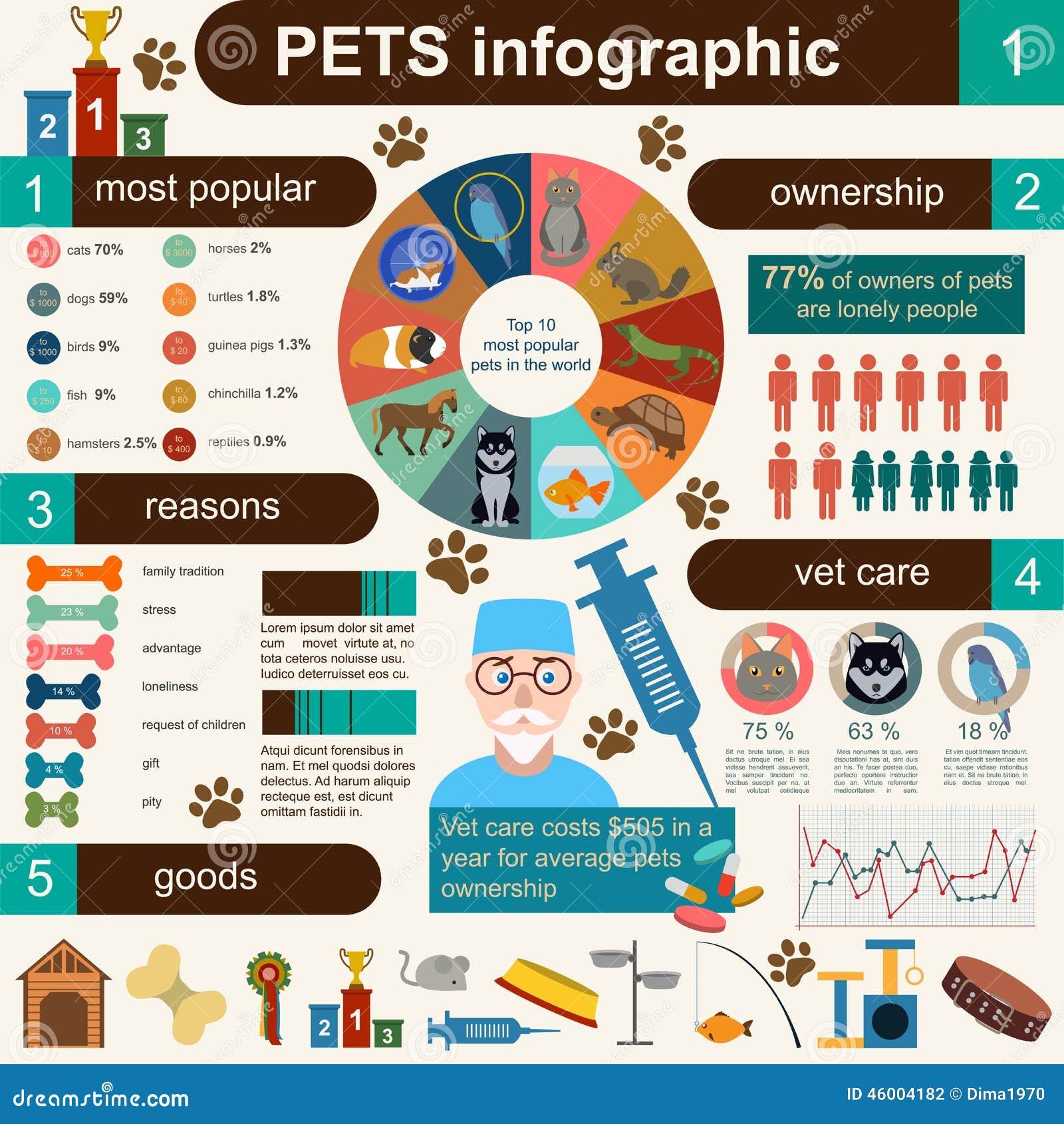How To Make Dog Daycare Fun
How To Make Dog Daycare Fun
Blog Article
Is Pet Dog Childcare Stressful?
Many pets love daycare and enjoy to be with their hair siblings all day. Nonetheless, for some dogs it can be difficult.
Look for a center with certified fitness instructors and behaviorists that are on the flooring at all times, monitoring the team play. This is particularly vital for canines that are reactive, show resource safeguarding or become antisocial or obsessive.
1. Congestion
For many pet dogs, daycare is a positive experience that gives physical and mental workout to burn pent up power. However, the influx of brand-new dogs, smells and settings can be overwhelming for some pet dogs.
Pets ought to be coupled with various other dogs that are comparable in dimension, age, socializing and play style to ensure safety and security and stop overstimulation. Nonetheless, overcrowding is common at pet dog daycares and can cause character clashes and harassing that result in injuries.
Ask what safety measures the center requires to keep your pup risk-free. As an example, is there an outdoor area for pets to escape the crowds? Does the facility have normal breaks for your puppy to calm their nerves? Ask what type of emergency treatment and mouth-to-mouth resuscitation training employees have and if they recognize with providing drug to your dog. Additionally, it is essential to ensure your canine's food and medications are in a labeled bag that daycare team can promptly accessibility.
2. Adjustments in regular
Completion of summertime is coming and with it comes big changes as youngsters return to school and individuals go back to their job routines. This can be difficult for your pup. They'll miss all the walking and play you do with each other and may start to really feel bored. Their actions could alter as well, such as excessive barking or destructive actions.
Pets like routine, so a sudden change in their day-to-day regimen can trigger them stress. Make sure to intend in advance and slowly alter your feeding and stroll times in the weeks leading up to back-to-school. This will certainly assist your canine acclimate to their brand-new timetable and minimize any undesirable actions.
Childcare is an exceptional method for canines to obtain plenty of physical and mental workout, particularly if they are young or energetic. They also get socialization experiences that will build self-confidence and good behaviors, which can help them cope with the anxiousness they may experience from things like journeys to the veterinarian, check outs to your office or home and various other difficult events.
3. Splitting up stress and anxiety
The drop off and pick up process can be a little bit difficult for dogs, specifically when it's the first time. Many pet day cares offer a regular daily timetable, and gradually this assists pets really feel comfortable and safe and secure while they're away from their proprietors.
Structured playtime, structured rest periods and routine snack times all aid canines develop a feeling of familiarity and predictability. This, integrated with positive support, helps alleviate separation anxiousness symptoms.
Socializing also maintains canines literally and psychologically busy, which can make them less responsive to stressors when they're home. This, along with favorable reinforcement, assists to lower stress and anxiety and rise self-confidence.
4. Not being watched play
Canines that are not mingled frequently can become anti-social-- this is typically viewed as canine aggressiveness. This can happen also in a well-managed daycare setting, so make certain to view the pet dogs carefully. Try to find a proportion of 11 or less pet dogs to floor people. Team should be playing and engaging with the pets, not sitting at their workdesks or staring at their phones.
The boarding dog boarding facility must have a quiet area where the pets can relax and charge in between play sessions. This is especially essential for high-energy types that require to burn off additional power or low-energy older dogs.
Ask the personnel what they do to maintain the pets calm. They ought to make use of positive reinforcement (appreciation, stroking, play) and never use physical penalty or aversives. They need to also be trained in family pet emergency treatment and mouth-to-mouth resuscitation. Lastly, the facility must have an effective procedure for feeding times to stop food aggression.